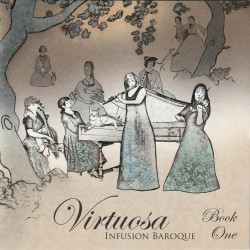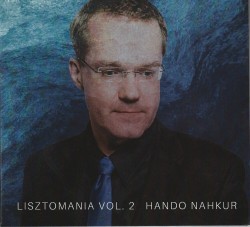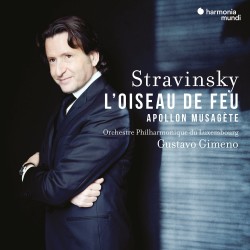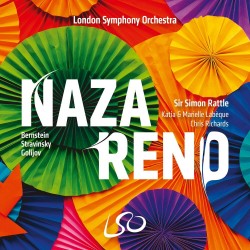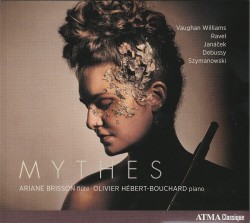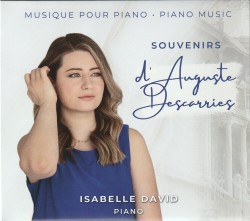Musical Remembrances - Neave Trio
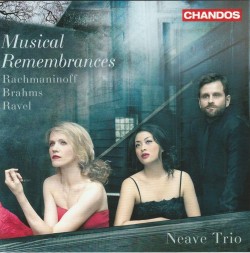 Musical Remembrances
Musical Remembrances
Neave Trio
Chandos CHAN 20167 (chandos.net/products/catalogue/CHAN%2020167)
Recorded in 2021 at Potton Hall, England and released on Chandos Records, their fourth for the label, Musical Remembrances by the Neave Trio (Anna Williams, violin; Mikhail Veselov, cello; and Eri Nakamura, piano) captures the trio in a reflective mood. The album is inspired by remembrance, both in terms of repertoire selection (Ravel’s Piano Trio in A Minor, Op.67 captures the French composer “remembering” his native Basque musical tradition) and in terms of remembering what a pre-pandemic world of touring and concertizing was like for musicians of the calibre and renown of the Neave Trio. And while speculative as this recording may be, it is anything but maudlin or melancholic – the dynamic chosen repertoire pops from the stereo speakers with the same clarity, purpose and confidence of delivery that earned their previous recording, Her Voice, a best recording of the year designation by both The New York Times and BBC Radio 3.
Although the entire recording is excellent, it is the Brahms Piano Trio No.1 in B Major, Op.8 where the chamber group, to my ears, shines brightest, bringing out a range of musical emotions and drawing listener ears towards new musical ideas over four movements that always centre around excellence, but leave room for new discoveries. On the faculty now at the Longy School of Music of Bard College, let us hope that this terrific trio continues to find the time to mine the depths of the great chamber music repertoire of Western Art Music and make recordings such as this that both delight and surprise.


